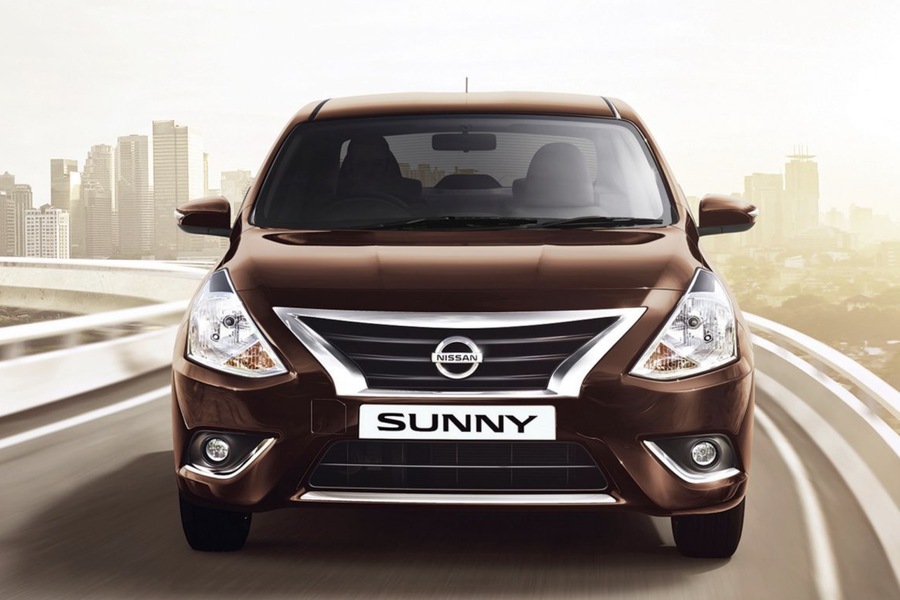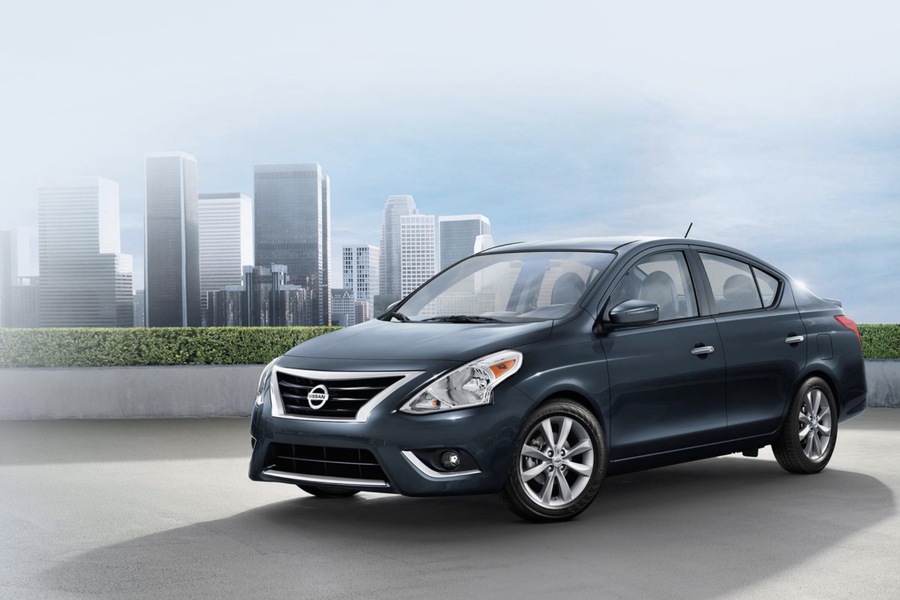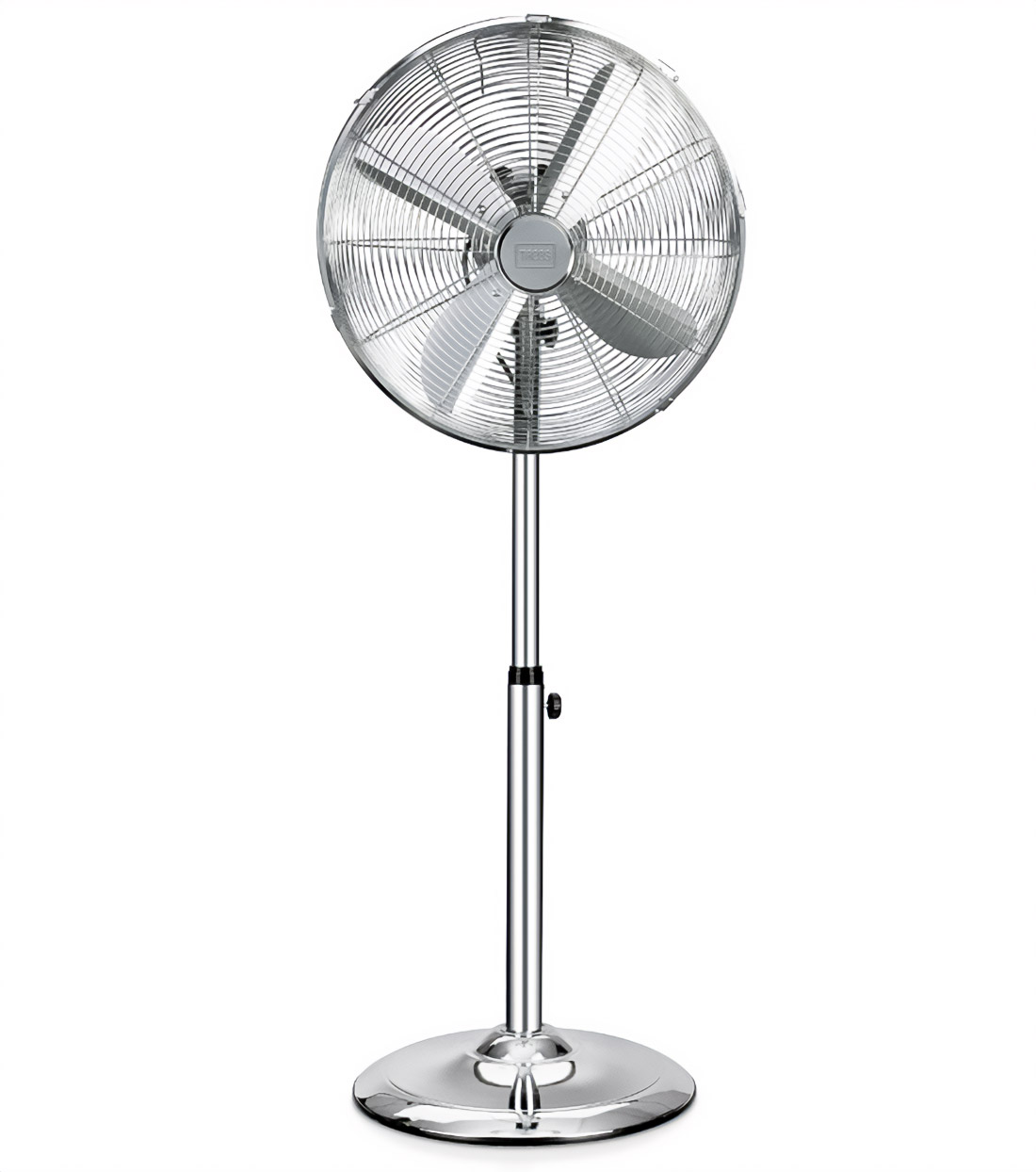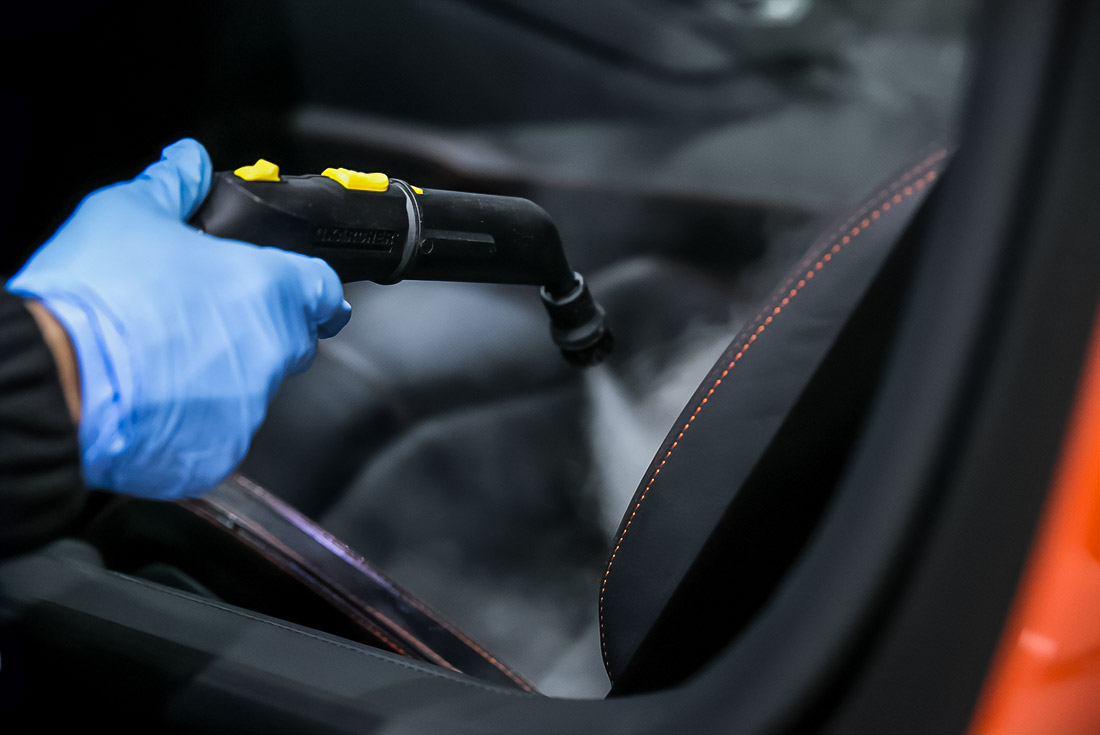The Nissan Sunny, one of the most enduring models from Nissan Motor Co., stands as a hallmark of the company’s expertise in crafting reliable, economical, and widely accessible vehicles. Originally launched in 1966 under the Datsun brand, the Sunny quickly became synonymous with practicality and value. Over the course of its long history, spanning several generations, the Sunny evolved to meet the changing demands of the market, while consistently maintaining its reputation for being a dependable and budget-friendly car. Today, drivers in markets like Dubai can experience its practicality through services like Speedy Drive Car Rental, offering affordable and convenient rental options for this iconic model.
Even though production ceased for the Japanese market in 2004, the Nissan Sunny continues to enjoy popularity, especially in Asian markets where its affordability, fuel efficiency, and low maintenance costs are highly valued. Its presence in regions like Dubai highlights its role as an essential player in the compact car segment, particularly for those seeking an economical rental or daily-use vehicle.
The Origins of the Nissan Sunny: Datsun 1000 (1966)
The Nissan Sunny story begins with the introduction of the Datsun 1000 in 1966. This model was a compact, two-door sedan and station wagon, designed to fill the growing demand for small, fuel-efficient vehicles in the Japanese and international markets. The Datsun 1000 was powered by a four-cylinder engine, delivering 62 horsepower, which was modest but effective for the car’s intended purpose of city driving and short commutes. The vehicle was paired with a manual four-speed gearbox, a common feature at the time, emphasizing driver engagement and simplicity.
This first generation was a key player in Nissan’s ambition to carve a niche in the A-class car segment, competing with rivals like the Toyota Corolla. While the Corolla was gaining popularity, the Sunny provided a well-rounded alternative that focused on affordability without compromising on essential features.

The Evolution of the Nissan Sunny
Over the next few decades, the Nissan Sunny went through several generational updates and modifications, each iteration improving upon the previous in terms of performance, design, and comfort.
Datsun Sunny B110 (1970–1973)
The first major restyling occurred in 1970 with the introduction of the Datsun Sunny B110. This version brought with it significant improvements, starting with a more powerful 1.2-liter engine, enhancing performance while maintaining excellent fuel efficiency. This generation also introduced a more refined MacPherson front suspension, which improved handling and ride comfort. Additionally, the front disc brakes provided superior stopping power, contributing to better safety for the driver and passengers.
Datsun Sunny B210 (1973–1978)
The Datsun Sunny B210 was a pivotal model for Nissan, particularly in the North American market. Introduced between 1973 and 1978, the B210 became an instant sales hit, appealing to a wide demographic of drivers looking for an affordable and reliable mode of transportation during the oil crisis of the 1970s. With fuel prices rising globally, cars like the Sunny, known for their fuel efficiency, became even more attractive.
In addition to its performance, the B210 also featured improved styling, with a more modern exterior design, and continued to offer the same reliability and ease of maintenance that had become synonymous with the Sunny brand.
The Front-Wheel Drive Era: Nissan Sunny B11 (1981–1985)
In 1981, Nissan introduced the B11 generation, which marked a significant departure from the previous rear-wheel drive layout. This was the first Sunny model to feature front-wheel drive, a move that improved interior space and allowed for more efficient use of the car’s compact dimensions. Front-wheel drive also enhanced fuel efficiency and handling, making the B11 Sunny a more practical choice for urban driving and long-distance commuting.
This generation also showcased a more modern look, with sharper lines and a more refined aesthetic, appealing to a broader range of customers. Nissan’s decision to transition to front-wheel drive helped the Sunny keep up with the evolving automotive landscape and set the stage for future innovations.
Late 90s to 21st Century: Nissan Sunny N16 and Beyond
The final significant redesign of the Sunny came in 1998, when Nissan introduced the Nissan Sunny N16. This version was notable for its sleek, modern design and improved safety features. The N16 model catered to the growing demand for eco-friendly vehicles by offering engines that met the increasingly stringent environmental standards of the time. In 2002, the model received a facelift, further modernizing its appearance and integrating more advanced technologies such as ABS brakes and enhanced crash protection.
While production of the Sunny ceased in Japan by 2004, the Sunny name was retained for export models, particularly in regions where it had developed a loyal customer base. In Japan, the Sunny was replaced by the Nissan Bluebird Sylphy, which carried forward many of the design principles and technologies that had made the Sunny successful.
Nissan Sunny in the International Market
The Nissan Sunny remained a popular choice in Asian and Middle Eastern markets, where its reliability, simplicity, and low cost of ownership made it an ideal option for families, students, and working professionals. In particular, the Middle Eastern market has continued to embrace the Sunny for its durability in hot climates, as well as its fuel efficiency and minimal maintenance needs.
Key Advantages of the Nissan Sunny
Over the years, the Nissan Sunny has accumulated numerous positive reviews from owners, who praise the car for its durability, ease of maintenance, and cost-effectiveness. Here are some of the standout advantages:
- Reliability and Durability
The Nissan Sunny is widely regarded for its robust engine and sturdy body construction. One of the car’s key advantages is its resistance to corrosion, particularly when properly maintained. Common problem areas like the upper parts of the doors, glass frames, and thresholds are relatively easy to manage with basic preventative care. - Economical Performance
With fuel consumption rates ranging between 5.9–7 liters per 100 km, depending on the engine variant, the Nissan Sunny is known for its fuel efficiency. This makes it an appealing choice for drivers looking to minimize their running costs. - Comfort and Spaciousness
Despite its compact exterior dimensions, the Sunny offers a surprisingly spacious interior, with comfortable seating for both the driver and passengers. The driver’s seat is particularly praised for being ergonomic and well-suited for long-distance driving. - Handling and Stability
The Sunny’s sharp steering and stiff suspension make it stable at high speeds, contributing to a sense of security and control while driving. - Low Maintenance Costs
The simple design of the chassis makes the Nissan Sunny a favorite among DIY enthusiasts, as many repairs can be done independently. Parts are widely available and affordable, making repairs and upkeep cost-effective.
Specifications of the Nissan Sunny
The Nissan Sunny offers a range of engine sizes and configurations to meet the needs of various drivers. Some key specifications include:
– Engine Capacity: 1.3L, 1.5L, 1.6L, 1.8L, and 2.2L options
– Power: From 79 to 175 horsepower, depending on the model and engine
– Transmission: Available with a manual gearbox, automatic transmission, or CVT
– Fuel Efficiency: Between 5.9 and 7 liters per 100 km, making it economical for daily driving
Dimensions
– Length: 4345 mm
– Width: 1695 mm
– Height: 1165 mm
– Wheelbase: 2535 mm
– Weight: Curb weight of approximately 1200 kg and a gross weight of 1475 kg
– Fuel Tank Capacity: 50 liters

Modern Technologies and Trim Levels
The Nissan Sunny in recent years has adopted modern technologies, ensuring that it remains competitive in today’s market. Depending on the trim level, the Sunny can be equipped with the following features:
– S Version: 15-inch wheels, air conditioning, basic audio system, and hill start assist
– SV Trim: 16-inch wheels, LED headlights, and a 7-inch touchscreen multimedia system
– SL Trim: Includes high-end features like cruise control, blind spot monitoring, keyless entry, climate control, and automatic emergency braking
In terms of safety and infotainment, the Nissan Sunny includes:
– Nissan Intelligent Mobility: A suite of driver-assistance technologies such as intelligent emergency braking, rear cross-traffic alert, and blind spot monitoring
– Infotainment System: A 7-inch touchscreen that supports both Apple CarPlay and Android Auto
– Audio System: A premium six-speaker audio system
Renting a Nissan Sunny in Dubai
In Dubai, the Nissan Sunny is a popular choice for both residents and tourists who want a reliable, economical vehicle for short-term use. Renting a Nissan Sunny is affordable, with prices starting at 75 AED per day, 505 AED per week, or 1500 AED per month from agencies like Speedy Drive Car Rental. This makes the Nissan Sunny an ideal option for those seeking a budget-friendly car that provides comfort, fuel efficiency, and practicality for navigating Dubai’s urban landscape.
Conclusion
The Nissan Sunny has proven itself over the decades as a practical, reliable, and affordable vehicle. From its early days as the Datsun 1000 to its more modern iterations, the Sunny has consistently offered drivers a well-rounded package of fuel efficiency, reliability, and low running costs. Whether you’re considering buying a used Sunny or renting one in Dubai, the Sunny remains a top contender in the compact car segment, beloved for its simplicity, ease of maintenance, and economic value. Its enduring popularity speaks volumes about Nissan’s commitment to building cars that meet the needs of everyday drivers across the world.

he brings a blazing critical intelligence to bear as well as novelistic skills in assembling a great life of a great writer. I love this book.



